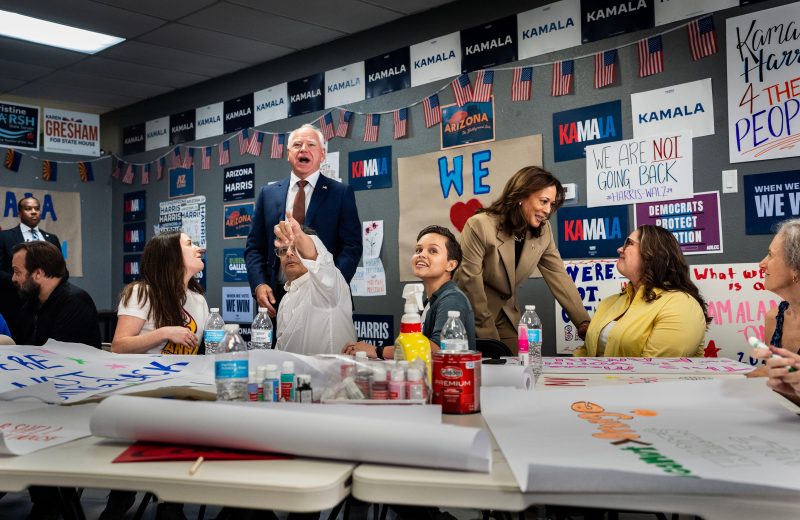In a recent report by Godzillanewz, the demographics of donors to Vice President Kamala Harris’s campaign have been analyzed, revealing some interesting insights. Unlike the donors to President Joe Biden’s campaign, Harris’s donors tend to be younger and less partisan, reflecting a different segment of the Democratic base. This shift in donor demographics sheds light on the evolving landscape of political fundraising and the changing priorities of the Democratic Party.
One of the key takeaways from the analysis is the age distribution of donors. Harris’s donors skew younger compared to Biden’s donors, indicating a sense of resonance among younger generations with Harris’s message and approach to politics. This shift towards a younger donor base suggests a growing segment of the population that is politically engaged and active in supporting candidates who represent their values and aspirations.
Furthermore, the analysis also reveals that Harris’s donors are less partisan than Biden’s donors. While Biden’s donors may have stronger ties to the traditional Democratic base, Harris’s donor pool appears to draw support from a more diverse range of political affiliations. This suggests that Harris’s appeal extends beyond party lines and may be attracting individuals who are more open to supporting candidates based on their individual merits rather than strict party allegiance.
The shift in donor demographics from Biden to Harris reflects a broader trend within the Democratic Party towards diversification and inclusivity. As the party seeks to appeal to a wider range of voters and address the changing needs of the electorate, having a donor base that reflects this diversity is crucial. Harris’s ability to attract support from younger and less partisan donors speaks to her broader appeal and potential to mobilize a new generation of voters.
In conclusion, the analysis of donor demographics for Vice President Kamala Harris’s campaign highlights a shift towards a younger and less partisan donor base compared to President Joe Biden’s campaign. This shift reflects a broader trend within the Democratic Party towards diversification and inclusivity, as candidates like Harris appeal to a wider range of voters and mobilize support from a new generation of politically engaged individuals. As the political landscape continues to evolve, understanding these changing demographics is key to shaping effective campaign strategies and building a coalition that represents the diverse interests of the American electorate.




























